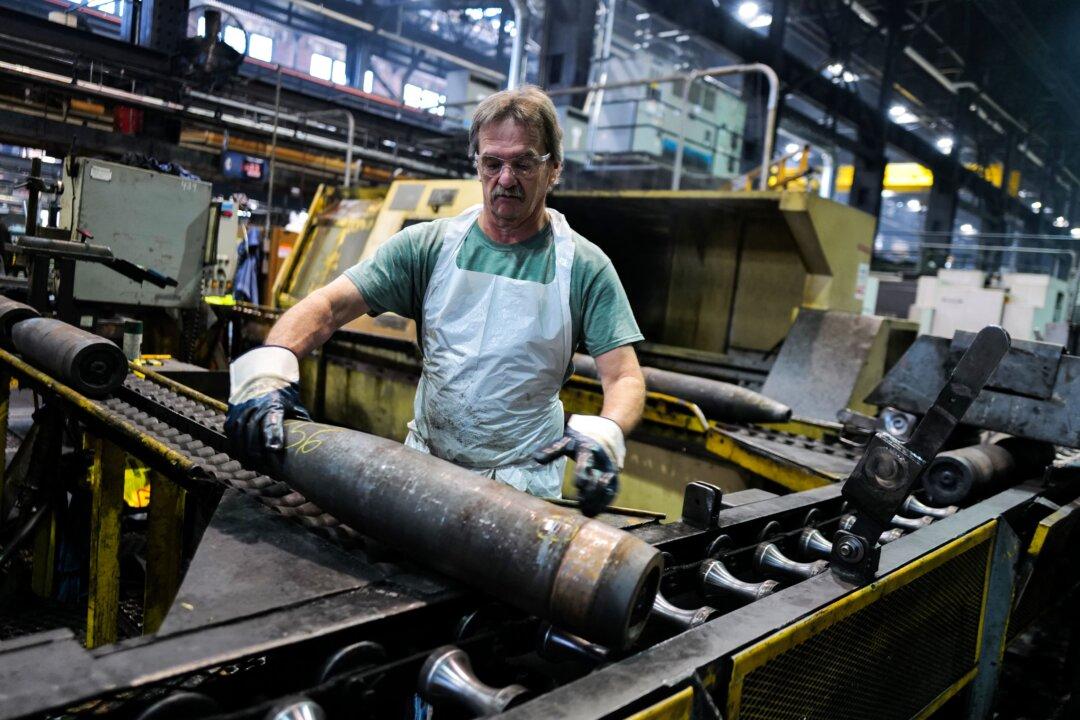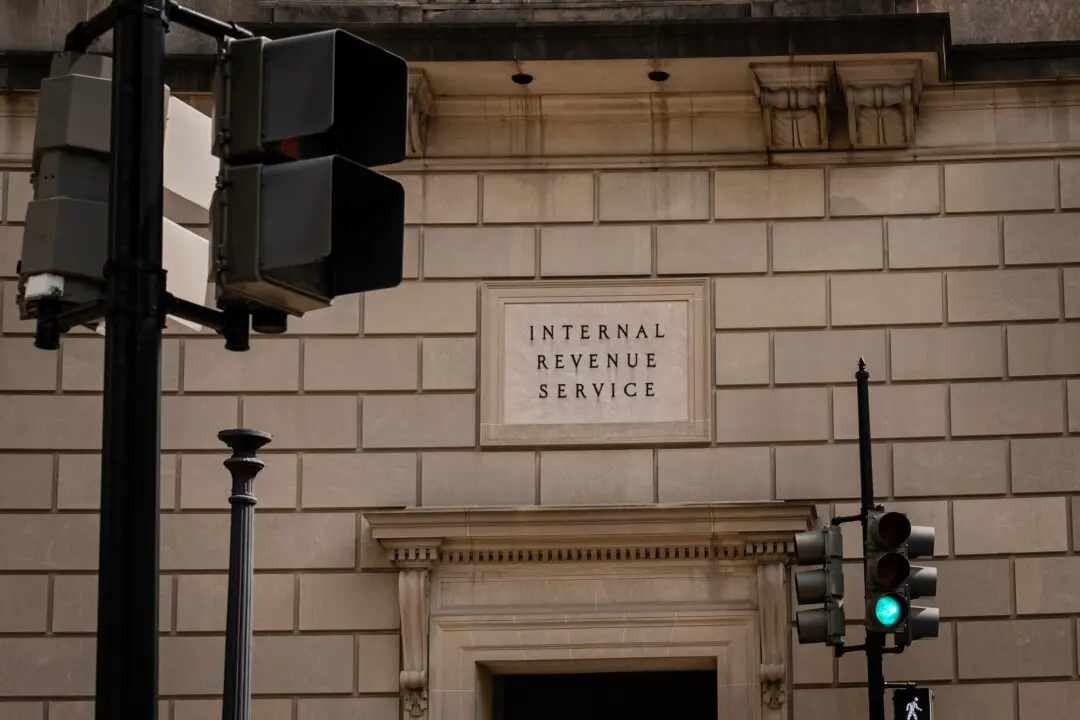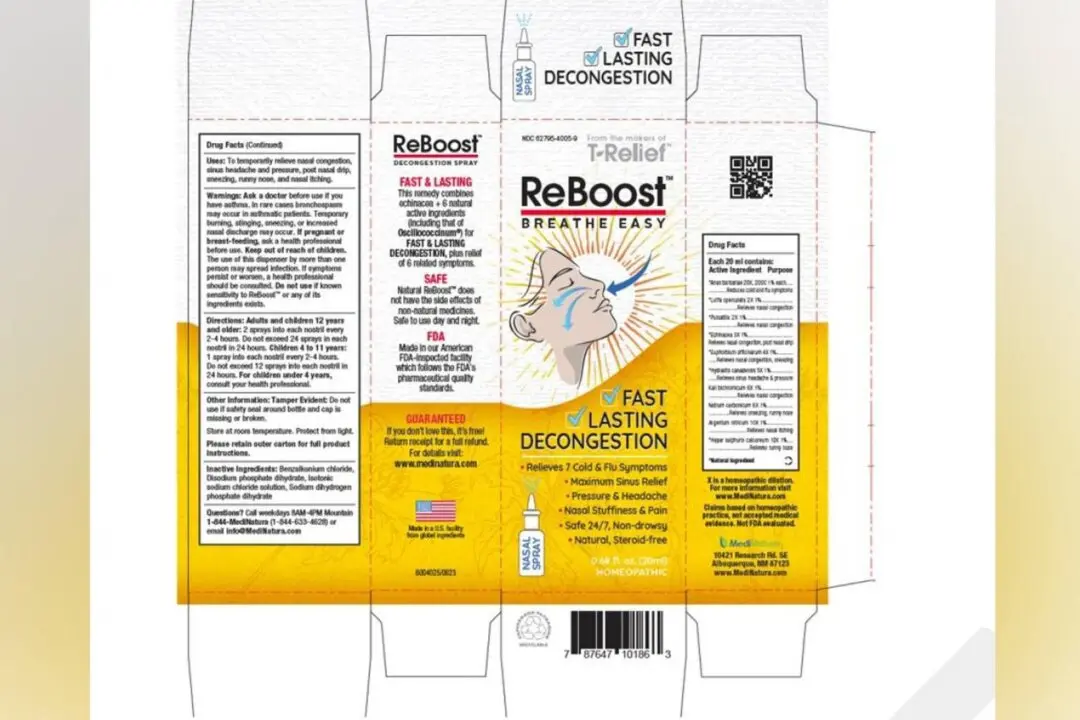The U.S. manufacturing sector contracted last month, hitting its lowest level in eight months as the majority of industries reported declining activity, according to a new survey by the Institute for Supply Management (ISM).
The Purchasing Managers’ Index (PMI) for the manufacturing sector came in at 46.8 in July, down by 1.7 percentage points from the previous month, the ISM said in an Aug. 1 press release. This was the fourth consecutive month and the 20th time in the past 21 months that economic activity in the manufacturing sector contracted. This was also the lowest manufacturing PMI level in eight months.





